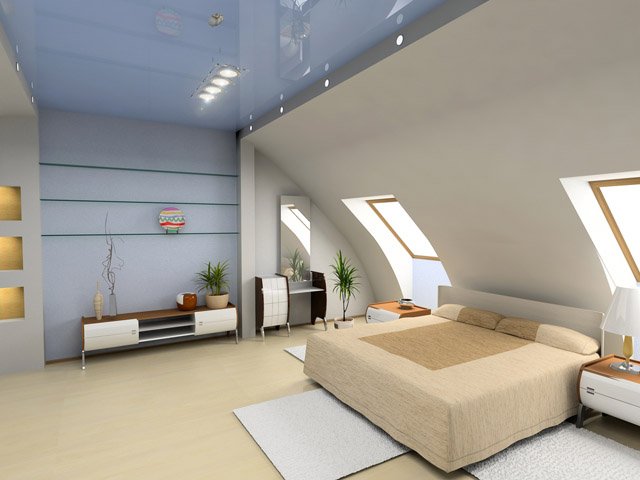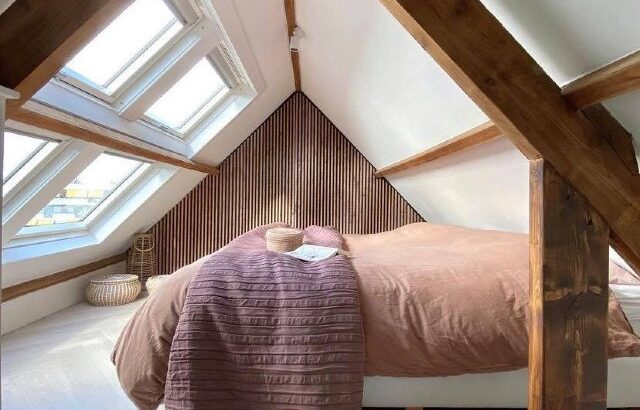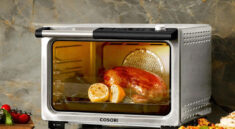Loft conversions are a brilliant way to add extra living space to your home. Whether you’re creating a new bedroom, office, or a quiet reading nook, lighting plays a crucial role in shaping the ambiance and functionality of the space. Lofts can present unique challenges due to the sloping ceilings, small or absent windows, and often awkward layouts. Choosing the right lighting solutions can not only enhance the aesthetics of your loft conversion but also ensure that the space is well-lit, cozy, and usable throughout the day. In this post, we’ll explore the best lighting options for loft conversions to help you create a space that is both functional and beautiful.
1. Maximizing Natural Light
Before diving into artificial lighting solutions, it’s essential to consider natural light. Loft spaces often suffer from limited natural light due to their location under the roof. However, maximizing the natural light available can have a huge impact on the space’s brightness and feel.
Velux Windows and Roof Lights
One of the most popular choices for loft conversions is the installation of Velux windows or roof lights. These windows are built into the roof slope and allow natural light to flood the room. Placing these windows strategically on the south-facing side of the house can maximize sunlight exposure throughout the day.
Velux windows are also available in a variety of sizes and configurations, making it easy to find an option that suits your loft space. If privacy is a concern, especially in urban areas, you can opt for tinted or frosted versions. Skylights with built-in blinds are another great option for controlling the amount of light and heat that enters the space.
Dormer Windows
If your loft conversion allows for structural changes, adding a dormer window is an excellent way to increase both the amount of natural light and usable space in the loft. Dormers extend out from the slope of the roof, creating vertical walls for larger windows. These windows bring in more light and make the room feel larger and airier. They also provide additional headroom, making the space feel more open and functional.
2. Layered Artificial Lighting
Even with ample natural light, most loft conversions require carefully planned artificial lighting solutions. A combination of different types of lighting, referred to as layered lighting, can help create the perfect atmosphere and ensure the space remains functional after the sun sets.
Ambient Lighting
Ambient lighting is the general, overall lighting for the space. It sets the mood and provides enough illumination for everyday tasks. In a loft conversion, ambient lighting should be soft but sufficient to fill the space without being too harsh.
Ceiling lights are a traditional option for ambient lighting, but because lofts often have sloping ceilings or lower head height, standard pendant lights may not be practical. Instead, opt for flush-mounted ceiling lights, semi-flush fixtures, or recessed lighting.
- Flush or Semi-Flush Lights: These fixtures sit close to the ceiling and are ideal for spaces with low headroom. They come in various styles, from simple and modern to more decorative designs.
- Recessed Lighting: Also known as downlights, recessed lighting is installed directly into the ceiling and provides a clean, minimalist look. These lights work well in sloped ceilings where hanging fixtures might be impractical. You can space them evenly throughout the room or focus them in specific areas for a more dynamic lighting effect.
Task Lighting
Task lighting is essential for areas where specific activities are performed, such as reading, working, or applying makeup. In loft conversions, where space can be limited, you’ll want to focus on task lighting in areas that are heavily used.
- Desk and Table Lamps: If your loft is being converted into a home office, reading nook, or bedroom, desk or table lamps provide focused lighting for reading or working. Adjustable desk lamps are particularly helpful because they allow you to direct the light exactly where it’s needed.
- Under-Cabinet Lighting: For lofts that include a small kitchenette or built-in storage, under-cabinet lighting is an excellent choice. These lights are installed beneath cabinets or shelves and provide direct illumination for countertops or workspaces.
- Wall Sconces: Wall-mounted lights can provide excellent task lighting while saving floor space. Consider placing sconces near beds or desks to provide functional light without taking up valuable surface space. Many modern sconces come with adjustable arms, allowing you to direct the light as needed.
Accent Lighting
Accent lighting highlights specific features in the room, such as architectural elements, artwork, or decorative pieces. It adds depth and character to the space, enhancing the overall design.
- Spotlights: These can be used to highlight artwork, plants, or unique architectural details. Spotlights can be installed on the ceiling, walls, or even recessed into the floor.
- LED Strip Lights: LED strips are versatile and can be installed along staircases, under shelving, or around the perimeter of the room. They provide soft, ambient accent lighting and can be customized with different colors or dimmable features to suit your mood.
- Floor Lamps: If space allows, a stylish floor lamp can add a cozy feel to your loft conversion. These lamps are particularly effective in reading nooks or near seating areas.

3. Dealing with Sloping Ceilings
One of the biggest challenges in loft conversions is working with sloping ceilings. Traditional lighting fixtures like chandeliers or pendants may not work well in these spaces, as they can hang too low or clash with the angles of the ceiling. Here are some creative solutions for lighting sloping ceilings:
Track Lighting
Track lighting is an excellent option for sloped ceilings because it’s flexible and can be adjusted to suit different angles. Tracks can be mounted along the slope of the ceiling, and the individual lights can be directed where needed. This makes track lighting a versatile choice for both ambient and task lighting.
Recessed Lighting
As mentioned earlier, recessed lights can be a lifesaver in loft conversions. They are installed directly into the ceiling, so they don’t interfere with the room’s architecture or headroom. For sloped ceilings, adjustable recessed lights can be angled to direct light where you need it most.
Wall-Mounted Lights
Wall-mounted sconces or swing-arm lamps provide excellent lighting without requiring ceiling space. This is especially useful in areas with very low ceilings where overhead lighting isn’t an option.
4. Smart Lighting Solutions
Modern lighting technology offers smart solutions that can make your loft conversion even more convenient and energy-efficient. Smart lighting systems allow you to control the brightness, color temperature, and even the color of your lights using a smartphone app or voice commands.
- Dimmable LED Lights: Dimmable lights allow you to adjust the brightness to suit different times of the day or moods. For example, you can have bright light for working during the day and softer, warmer light for relaxing in the evening.
- Smart Bulbs: These bulbs can be controlled remotely and often come with color-changing options. Smart lighting is perfect for creating different atmospheres in your loft conversion, from bright white for working to warm amber for winding down.
5. Energy-Efficient Lighting Options
When lighting a loft conversion, energy efficiency is an important consideration, especially since lofts can be harder to keep warm in the winter. LED lighting is the best option for energy efficiency, as it consumes less electricity and produces less heat compared to traditional incandescent or halogen bulbs. LEDs also have a longer lifespan, reducing the need for frequent replacements.
Many LED fixtures also come with dimming capabilities, allowing you to adjust the lighting to your needs and save energy when full brightness isn’t necessary.
In conclusion, lighting plays a critical role in transforming a loft conversion into a welcoming, functional space. By maximizing natural light, using layered lighting techniques, and choosing fixtures that suit your loft’s unique layout, you can create a bright, comfortable area that enhances both the style and practicality of your home. Whether it’s through clever use of roof windows, recessed lighting, or smart controls, the right lighting solutions can turn your loft into a beautifully illuminated haven. Feel free to visit https://loftconversion.london/ to find out more about loft conversions.





